After Maui Fires, Health Risks in the Air, Water and Buildings
Many airborne pollutants fell to the ground, and chemical hazards can reach well beyond the fire zone.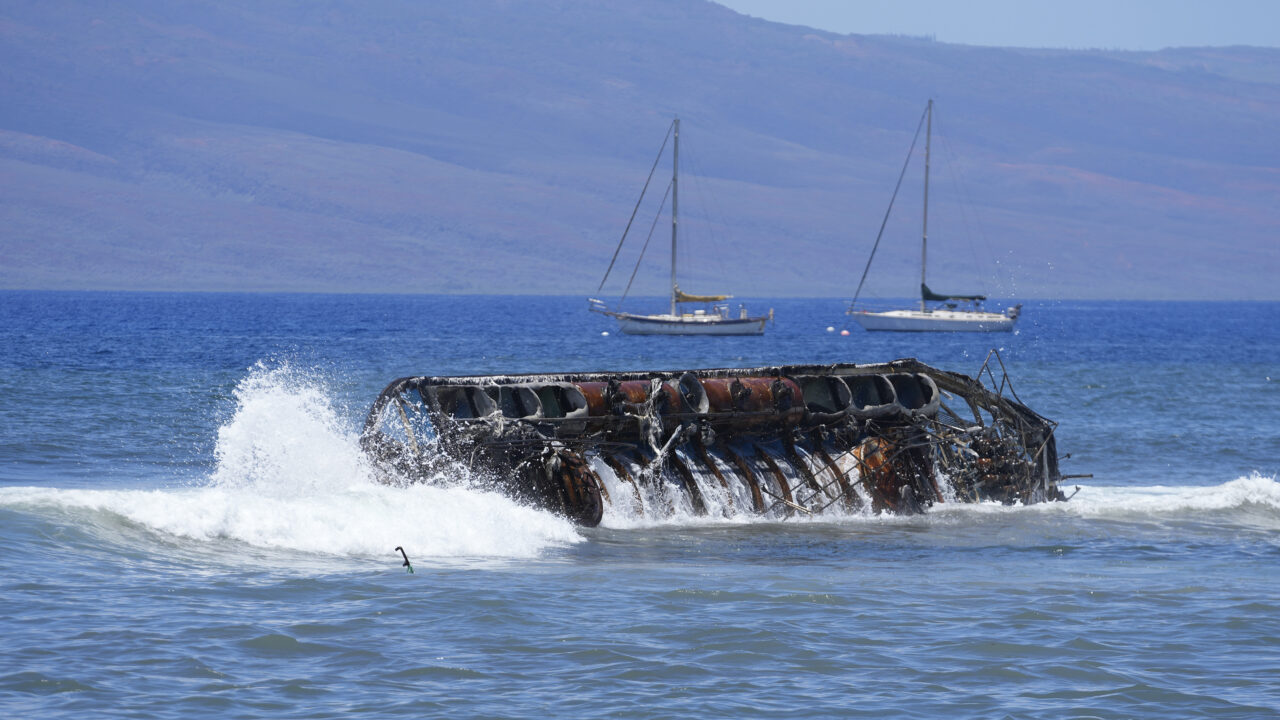 Waves crash over a burnt boat sitting in waters off of Lahaina, Hawaii, on Friday, Aug. 11, 2023. (AP Photo/Rick Bowmer)
Waves crash over a burnt boat sitting in waters off of Lahaina, Hawaii, on Friday, Aug. 11, 2023. (AP Photo/Rick Bowmer)
People returning to what remains of the beachside town of Lahaina, Hawaii, and other Maui communities after one of the nation’s deadliest wildfire disasters face more dangers, beyond the 2,700 buildings destroyed or damaged and dozens of lives lost. The fires also left lingering health risks for humans and wildlife.
When fires spread through communities, as we’ve seen more often in recent years, they burn structures that contain treated wood, plastics, paints and hazardous household wastes. They can burn vehicles and melt plastic water pipes. All of these items release toxic gases and particles.
Many airborne pollutants fall to the ground, and when debris or dust is stirred up, hazardous particles can enter the air, where people can easily breathe them in.
Chemicals can also contaminate water supplies. On Aug. 11, 2023, Maui County issued an “unsafe water” alert for areas of Lahaina and Upper Kula that were affected by wildfires, warning residents to use only bottled water for drinking and cooking, and not rely on boiling tap water because of the risk of harmful chemicals.
As an environmental engineer, I work with colleagues to help communities respond to and recover from wildfires and other disasters, including the Marshall Fire in Boulder County, Colorado, and the Camp Fire that destroyed Paradise, California. Lahaina and other Maui communities face similar risks ahead.
Chemicals like benzene, lead, asbestos and polycyclic aromatic hydrocarbons, or PAHs, are common in ash, runoff and sometimes water systems after fires.
Residents returning to their burned neighborhoods will likely find themselves surrounded by hazards. Some are obvious, such as broken glass, nails and damaged natural gas containers. Broken power lines and gas lines may be live or leaking.
Less obvious are the chemical hazards that can reach well beyond the fire zone.
Black smoke from a fire is a sign of incomplete combustion that can produce thousands of chemicals when wood and plastics burn.
Chemicals like benzene, lead, asbestos and polycyclic aromatic hydrocarbons, or PAHs, are common in ash, runoff and sometimes water systems after fires.
Exposure to high levels of chemicals can sometimes cause immediate harm, such as nausea, vomiting, dizziness, rashes and respiratory issues. For these reasons it is critical to protect people, especially children and people with health conditions, from exposure.
State health officials recommended that residents wear close-toed shoes, N95 respirators, chemical resistant gloves and other protective equipment while looking through property debris.
When disaster debris is eventually removed by professionals, the contractors will be wearing Tyvek suits and possibly respirators to protect their health.
Even buildings deemed structurally safe may have pollutants that make them unsafe for human health.
Particles and vapors can enter buildings through cracks, doors, windows and other portals. Some of these pollutants settle onto surfaces, while others penetrate fabrics, stick to walls and enter air ducts.
Often buildings must be professionally cleaned or decontaminated by wildfire remediation companies. Cleaning surfaces and ducts, replacing air filters and installing HEPA filters can also help.
Drinking water is another serious concern after urban fires.
Wildfires can make the plumbing outside or inside the building itself unsafe in a couple of ways. Loss of water pressure can allow pollutants to enter pipes. Maui County cited this risk in issuing its “unsafe water” alert on Aug. 11. When plastic pipes heat up, they can also decompose and then directly leach chemicals into water.
My colleagues and I have documented benzene levels that exceeded hazardous limits for drinking water after several previous fires. PAHs can also be present, as our research has shown.
These and other chemicals pose an immediate health risk to water users, even if the water smells fine. Simple water flushing can fail to remove severe contamination. Proper inspections and testing in buildings and for private wells and larger water systems are important.
Outside, the ground can also become contaminated in a fire. Once the debris is removed, testing is necessary to ensure that the soil where people will replant their gardens, yards and fruit trees is free of hazardous chemicals and safe for humans and pets.
Debris and sunken boats will need to be removed from the nearshore waters to protect corals
During firefighting and clean-up, and when it rains, pollutants can wash into waterways and end up in the ocean.
Lahaina stretches along Maui’s west coast and has long been a popular site for seeing sea turtles and other marine life. That sea life may now be at risk from pollutants from burned coastal buildings and runoff. The fire burned to the shoreline, destroying boats, docks and other vehicles, some of which sank.
Debris and sunken boats will need to be removed from the nearshore waters to protect corals. Similar to wildfires near lakes, rivers and streams, water testing will be necessary.
Communities can avoid more harmful runoff during the cleanup process by placing pollution-control barriers near storm drains, around properties and near waterways. These can help intercept pollutants flowing toward the ocean.
How to safely dispose of all the debris as the community is cleaned up and recovers is another question.
After the 2021 Marshall Fire in Colorado, where about 1,200 structures were destroyed, the cleanup generated 300,000 tons of waste. In Maui, debris may have to be taken off the island for disposal.
Cleanup and recovery from a disaster of this magnitude takes years. In the process, I recommend residents reach out to public health departments for advice to help them stay healthy and safe.
This article was updated Aug. 13, 2023, with new damage estimates from Maui County officials.
Andrew J. Whelton, Professor of Civil, Environmental & Ecological Engineering, Director of the Healthy Plumbing Consortium and Center for Plumbing Safety, Purdue University
This article is republished from The Conversation under a Creative Commons license. Read the original article.
Your support matters…Independent journalism is under threat and overshadowed by heavily funded mainstream media.
You can help level the playing field. Become a member.
Your tax-deductible contribution keeps us digging beneath the headlines to give you thought-provoking, investigative reporting and analysis that unearths what's really happening- without compromise.
Give today to support our courageous, independent journalists.
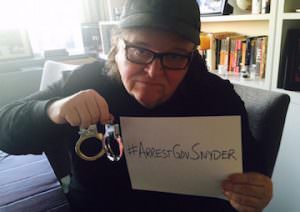

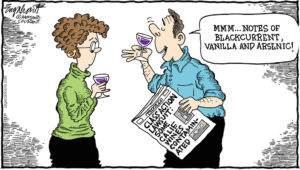

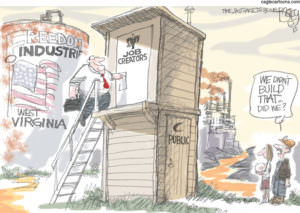
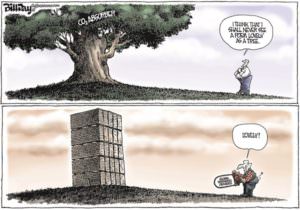
You need to be a supporter to comment.
There are currently no responses to this article.
Be the first to respond.